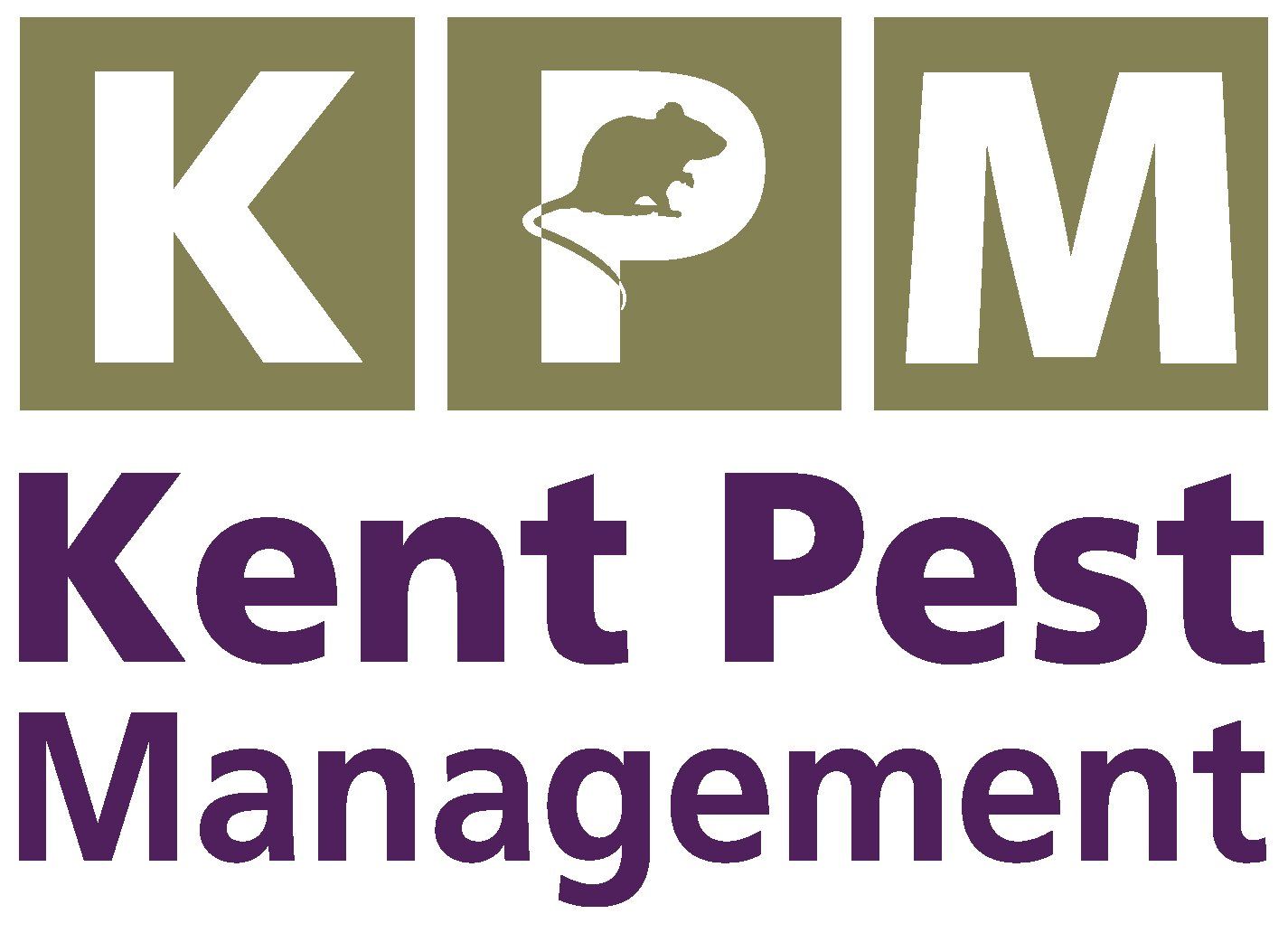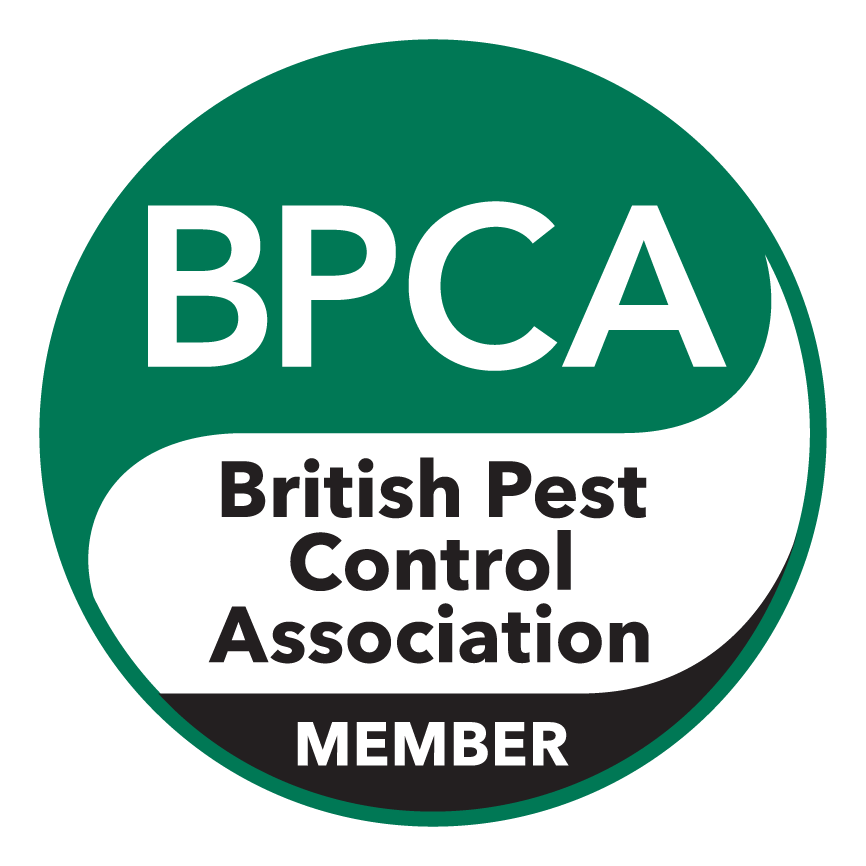Crawling Insects
Do you have problems with crawling insects?
- Ants
- Bedbugs
- Carpet Beetles
- Cockroaches
- Fleas
- Woodworm
Get a free quote
Contact Us
We will get back to you as soon as possible.
Please try again later.
Need immediate help?
Professional Inspections
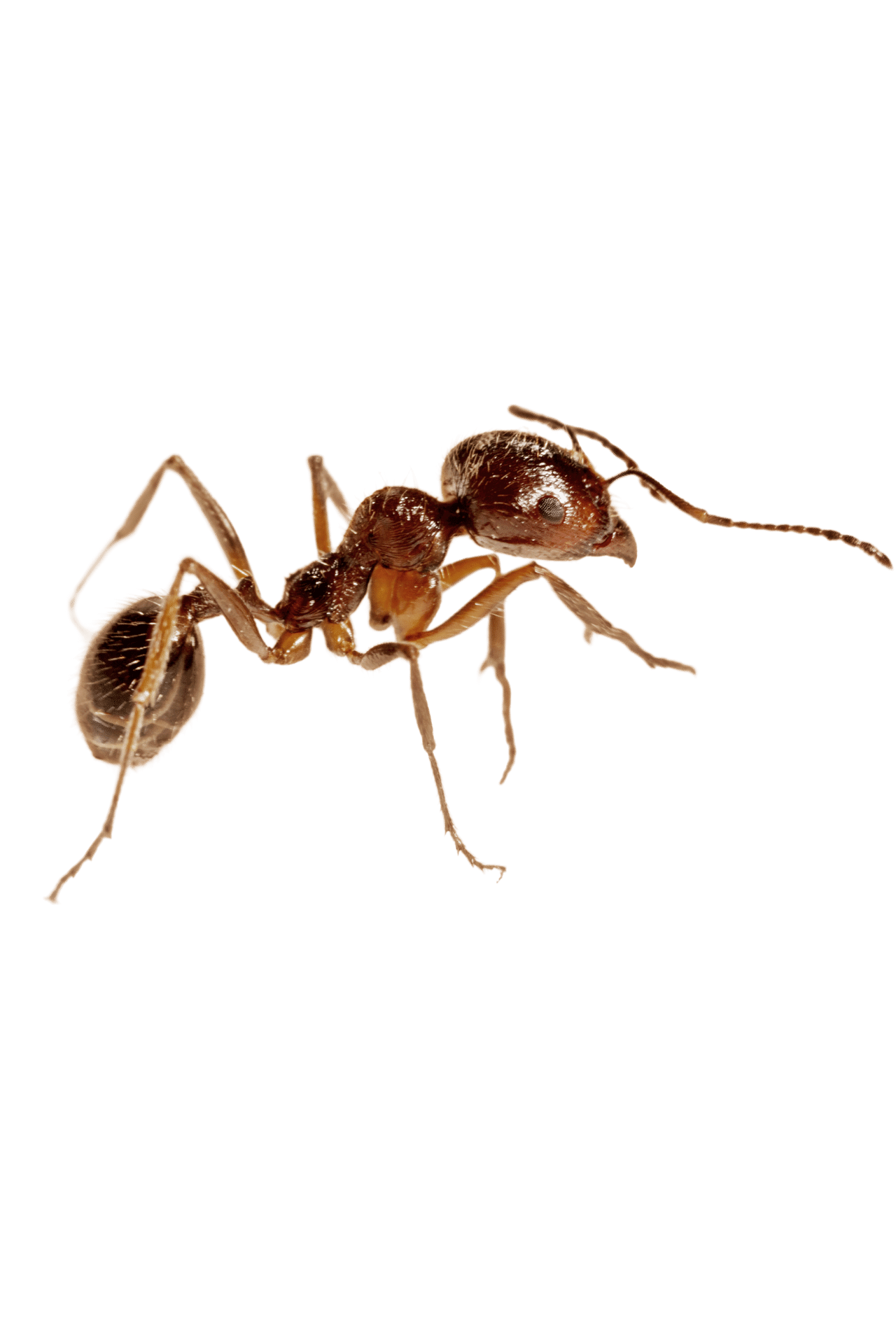
Ants
There are fifty different species of ants in the UK. The Black Ant - Lasius niger (pictured) is the most common and causes the most disruption to businesses and domestic houses.
- 3–5 mm long, workers are dark glossy black.
- As the colony gets older it has been known for workers to increase in size over generations .
- Attracted to sweet foods.
- Common outside, patios and kitchens.
Ants are not a public health pest but can become a probelm.
Why Control Them?
Ant maynot be a health pest but when they invade your home or business they become a problem.
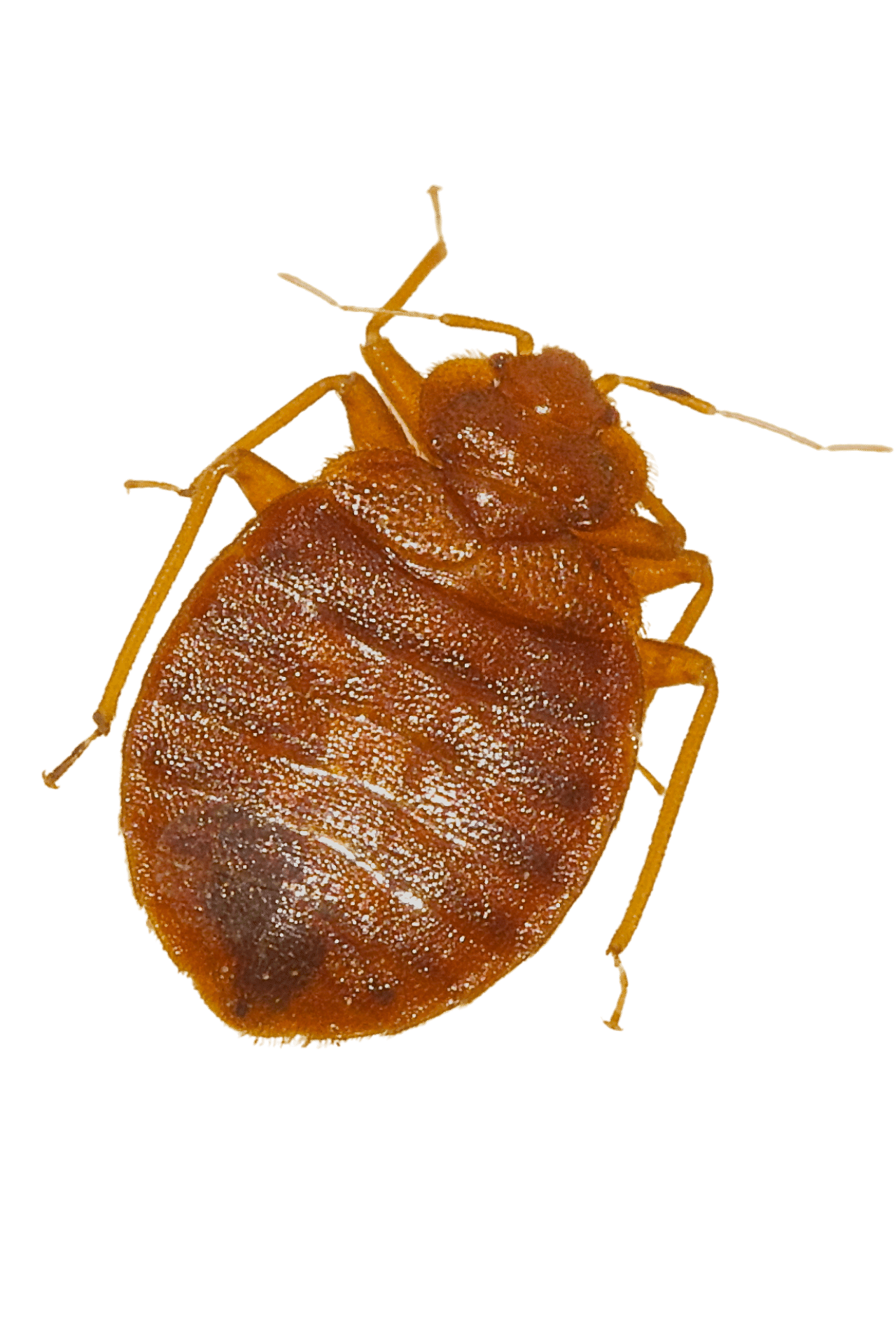
Bedbugs
Believed to have been around for thousands of years and have become more common since the 1990's.
- About 5 mm long
- A flat round body that puffs up once they have fed.
- There are seven stages in the life cycle from egg to adult.
- They can ingest seven times there body weight.
- They will hide in all parts of a room from the bed to light switches.
- Can lay 1-5 eggs in a day and more than 500 in its life time.
Why control them?
Bed bugs are a public health pest that can irritate the skin and makes you come out in a rash that is itchy. It is very important that these pests are controlled and eradicated. They spread very quickly into other places as they are very small and not easly seen.
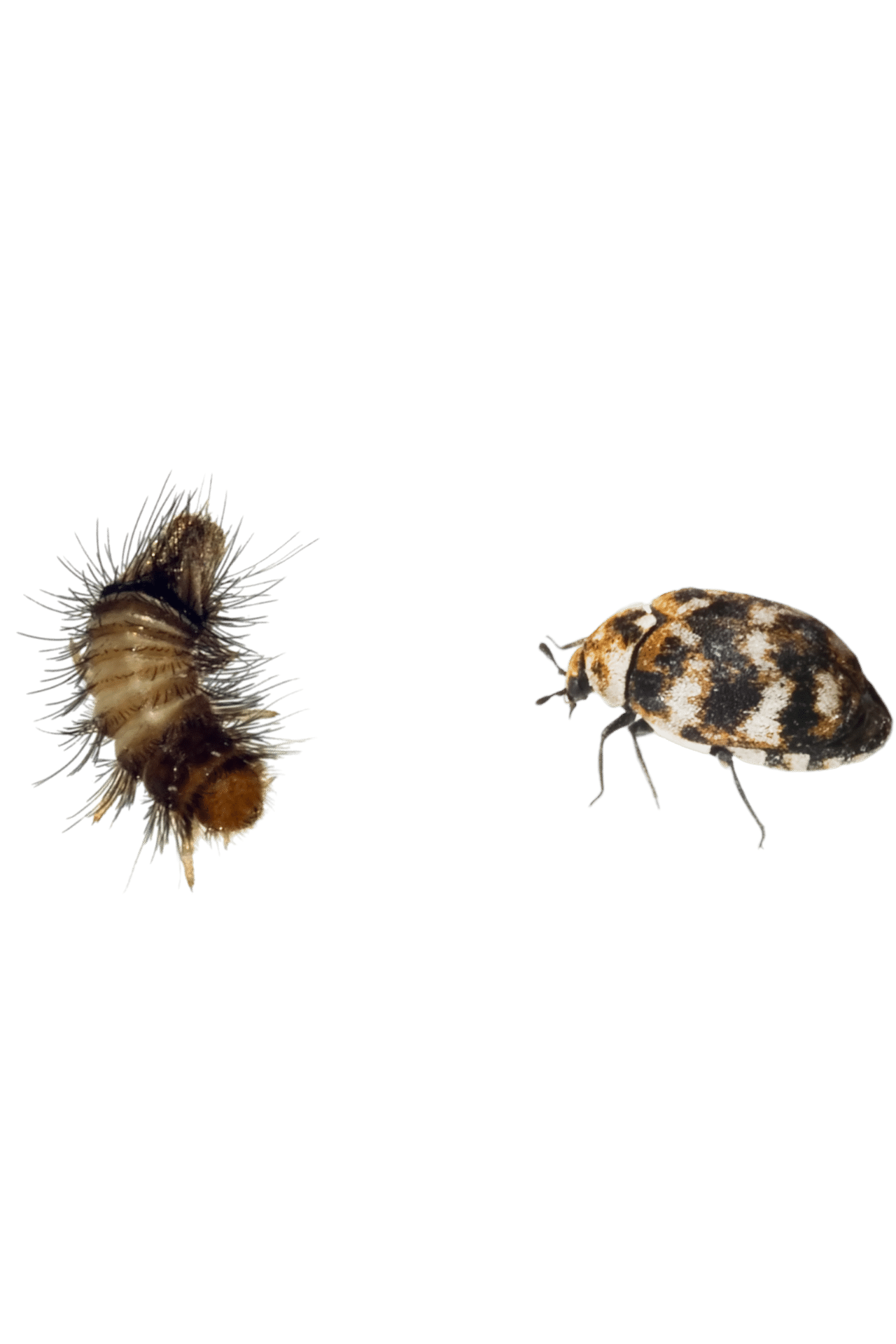
Carpet Beetles
Carpet Beetles ( Anthrenus verbasci ) are the number one British textile pest.
- 2 to 4mm long
- like a small, mottled brown, grey and cream ladybird
- the larvae does all the damage as the adult Carpet Beetle feeds only on pollen and nectar of garden flowers
Why control them?
The larvae of the carpet beetle will eat and damage feathers, fur, hair, or wool.
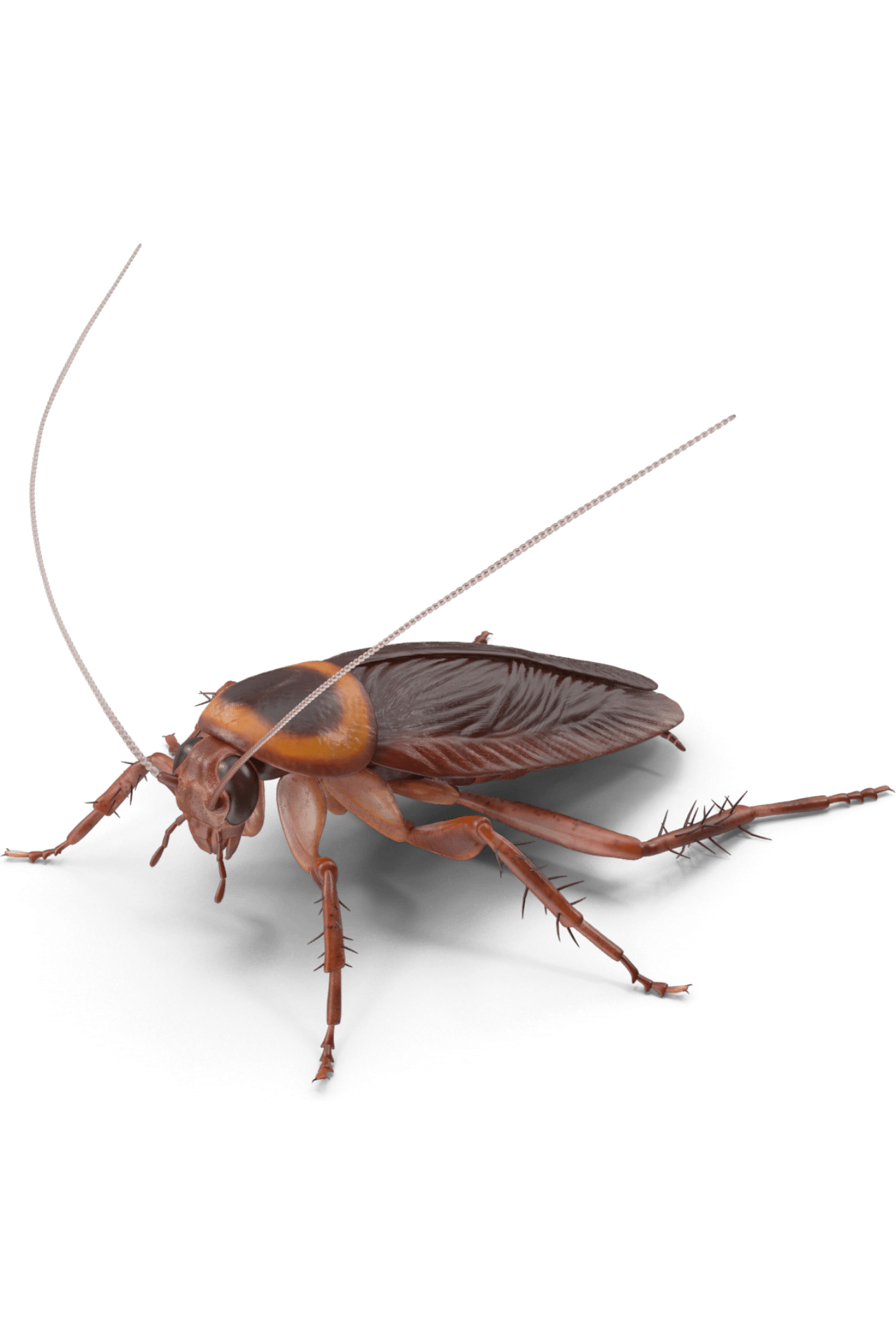
Cockroaches
There are two types of cockroaches in the UK.
The German Cockroach and the Oriental Cockroach on the right.
The German Cockroach ( Blattella germanica ) is the most common.
- Can carry salmonella and other diseases.
- The ootheca (egg case) of the German cockroach can contain between 35-40 eggs that are released by the female just before they are ready to hatch.
- Takes from six weeks to six months to reach maturity.
- They love hot areas and can climb walls.
Why control them?
They are known carriers of diseases such as Salmonella, Dysentery and Gastroenteritis. Cockroach droppings have even been linked to increases in eczema and asthma.
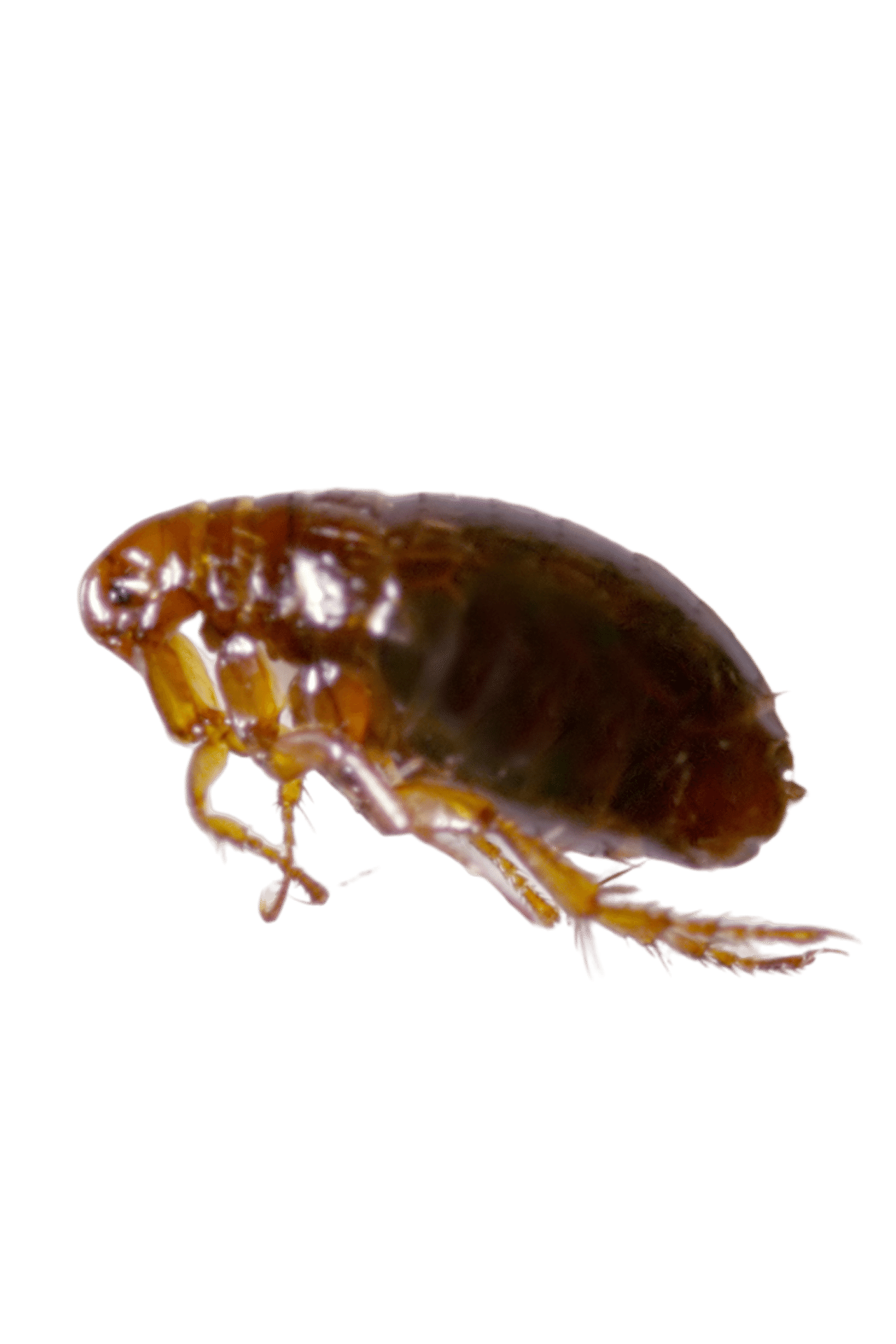
Fleas
There are three types of fleas in the UK with the cat flea (Ctenocephalides felis) being the most common.
- 1–2 mm long and are usually a reddish-brown colour
- produce between 20 and 30 microscopic (0.5 mm) non-adhesive white ovoid eggs per day
Why control them?
Although fleas do not pose a direct health risk, flea bites can cause intense irritation and itching to pets and humans alike.
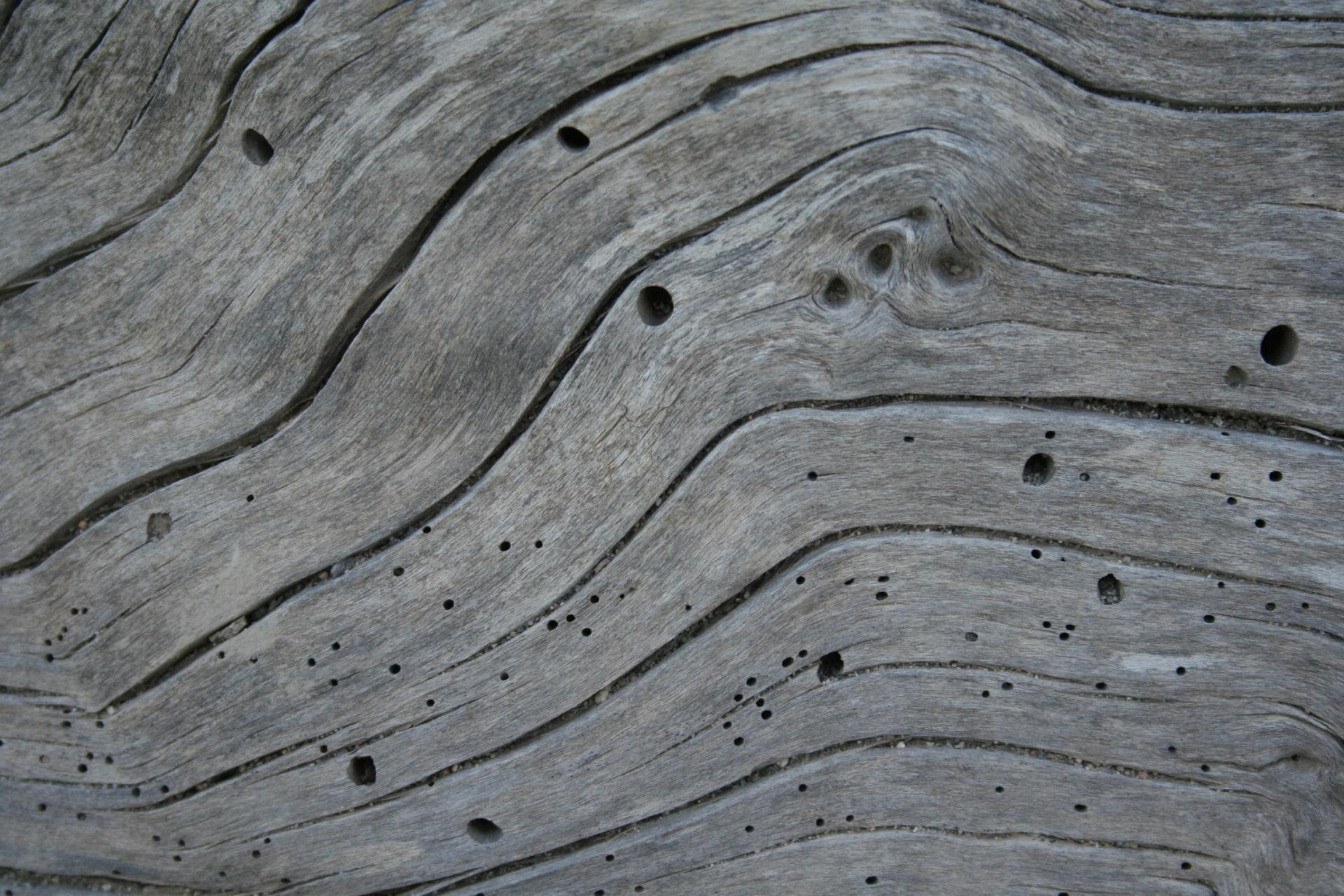
Woodworm
Woodworm is the wood-eating larvae of many species of beetle. It is also a generic description given to the infestation of a wooden item (normally part of a dwelling or the furniture in it) by these larvae. The signs of woodworm are small holes 1mm to 1.5mm in diameter.
Why treat woodworm?
Essential for the health of your property. Leaves a network of tunnels that can have a significant impact on structural integrity.
Location
Room 3, First Floor, 54 Holly Bush Ln, Sevenoaks TN13 3TL
Email
info@kentpestmanagement.co.uk
Call
01732 905576
All Rights Reserved | Kent Pest Management | Privacy Policy | Website Design and Managed by Eazi-Sites
